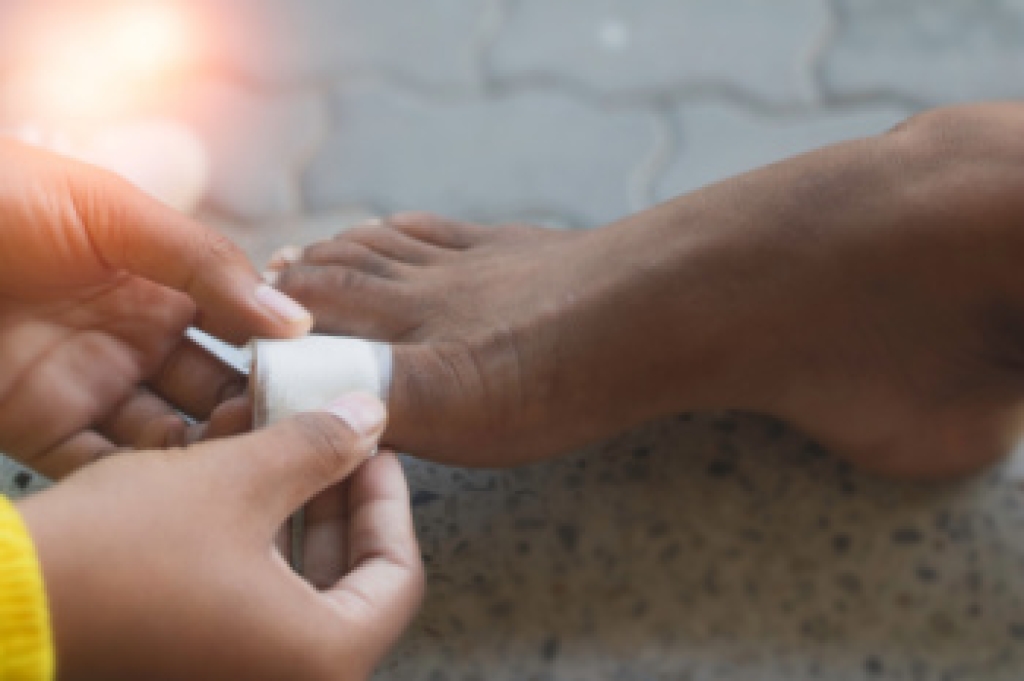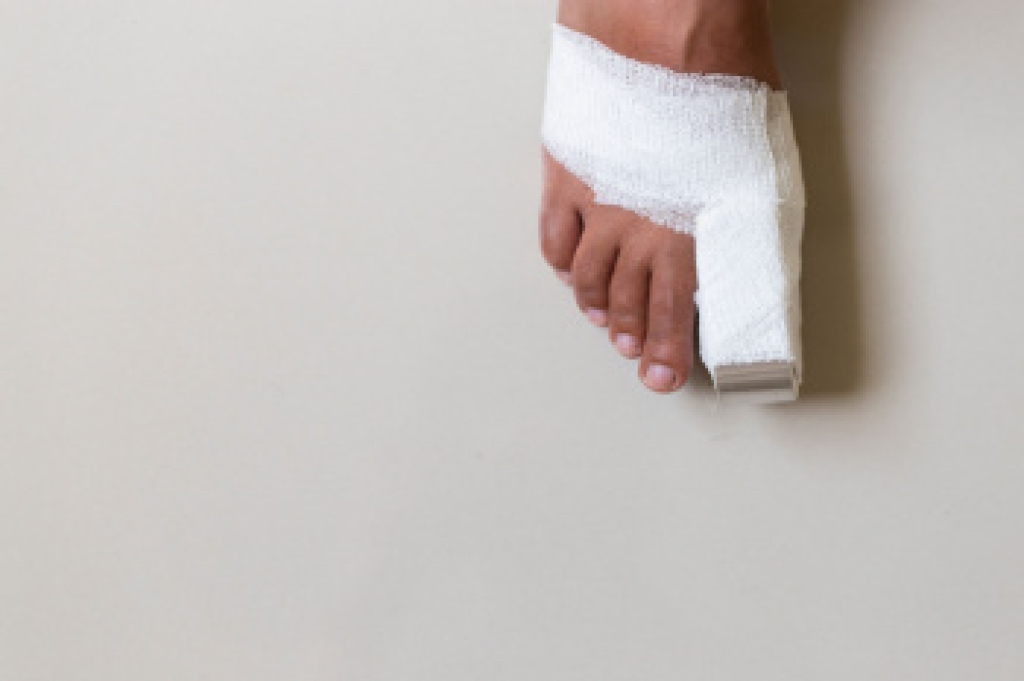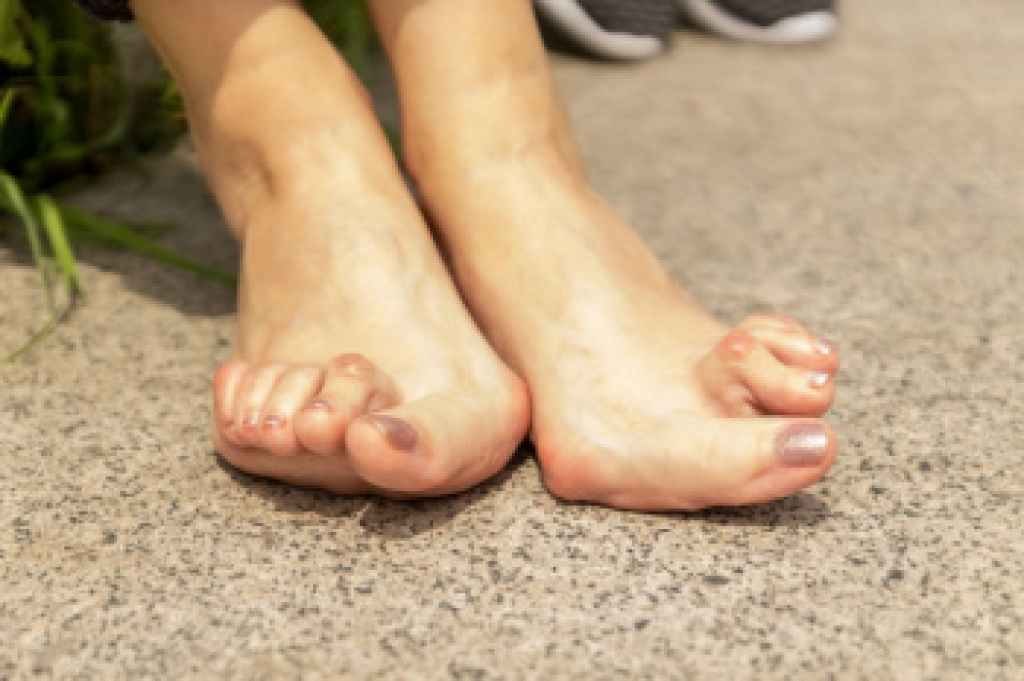
Foot pain can affect daily comfort and mobility, often stemming from various conditions that require professional care. Common causes include tinea pedis, a fungal infection that causes itching and redness, bunions, which are bony bumps that form at the base of the big toe, plantar warts, caused by a virus that leads to painful growths, and flat feet, which may result in strain and imbalance during walking. A podiatrist is trained to diagnose and treat these issues with tailored solutions, including medications, orthotics, or minor procedures. If you are experiencing persistent foot pain, it is suggested that you consult a podiatrist today to identify the source and begin effective treatment that supports lasting relief and healthy movement.
Foot Pain
Foot pain can be extremely painful and debilitating. If you have a foot pain, consult with Jeffrey Parrett, DPM from Parrett Podiatry. Our doctor will assess your condition and provide you with quality foot and ankle treatment.
Causes
Foot pain is a very broad condition that could be caused by one or more ailments. The most common include:
- Bunions
- Hammertoes
- Plantar Fasciitis
- Bone Spurs
- Corns
- Tarsal Tunnel Syndrome
- Ingrown Toenails
- Arthritis (such as Gout, Rheumatoid, and Osteoarthritis)
- Flat Feet
- Injury (from stress fractures, broken toe, foot, ankle, Achilles tendon ruptures, and sprains)
- And more
Diagnosis
To figure out the cause of foot pain, podiatrists utilize several different methods. This can range from simple visual inspections and sensation tests to X-rays and MRI scans. Prior medical history, family medical history, and any recent physical traumatic events will all be taken into consideration for a proper diagnosis.
Treatment
Treatment depends upon the cause of the foot pain. Whether it is resting, staying off the foot, or having surgery; podiatrists have a number of treatment options available for foot pain.
If you have any questions, please feel free to contact our office located in Waxahachie, TX . We offer the newest diagnostic and treatment technologies for all your foot care needs.




